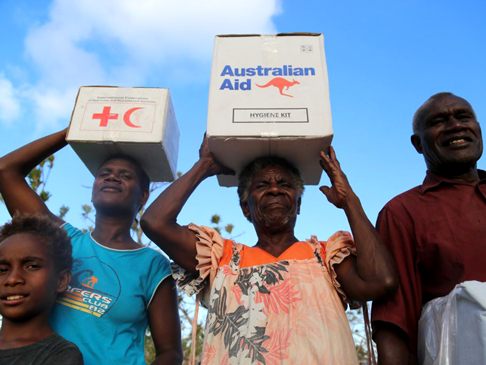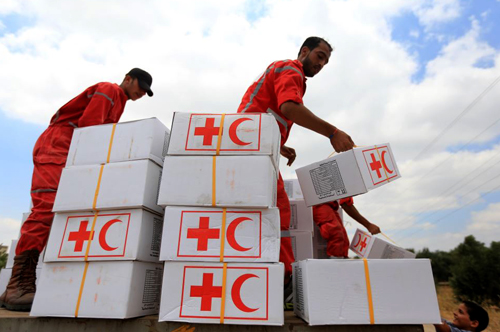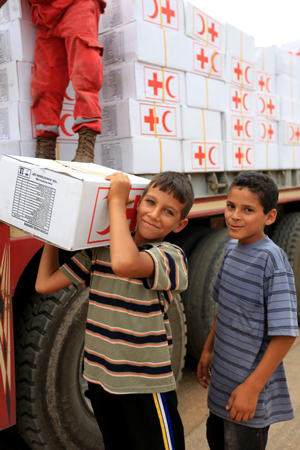From 8 – 10 December, Australia participated in the 32nd International Conference of the Red Cross and Red Crescent Movement in Geneva. The Conference marked over 150 years of action by the world's largest humanitarian network, bringing together over 1,500 people from across the globe to develop stronger cooperation between governments and the Red Cross Movement in protecting and assisting communities affected by crises. Held every four years, the Conference is the largest global humanitarian gathering.
At the Conference, Australia pledged to continue to work with partners on strengthening protections for persons deprived of their liberty in armed conflict, preventing and responding to sexual and gender based violence (SGBV) and supporting localised humanitarian responses.
Australia also co-hosted side events on preventing and responding to SGBV in natural disasters, strengthening international disaster response laws, and promoting the universalisation and strengthening implementation of the Arms Trade Treaty.
Australia has a long standing relationship with the Red Cross Red Crescent Movement. Australia's partnership with the International Committee of the Red Cross helps to protect and assist people affected by armed conflict and promote and strengthen adherence with international humanitarian law. In July 2015, Foreign Minister Bishop announced a new four year partnership with the Australian Red Cross which will help prepare for and better respond to humanitarian emergencies, especially in the Pacific. You can find out more about Australia's participation in the conference on Twitter by following @AusHumanitarian.



